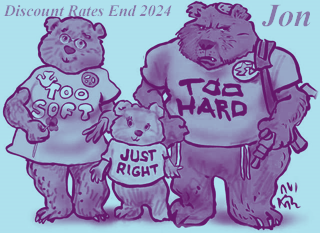|
Any visitors to this website are likely to know enough about the subject that I don't need to explain the basic theory but do let me know if I'm wrong; the general fitting page has a few points. What I do need to cover is how I fitted the variables and what those variables are. One point to make is that the variables are rarely either Normally or LogNormally distributed (although equity yields over 1985-2024 were Normal. Why “chi squared” is insufficient is explained here (see “fitting distributions to data” and request the document).
While I could have generated the random numbers within the model on the fly, I had 4 reasons for not doing so, the first being speed within Excel. Secondly, I wanted the experiment to be precisely repeatable. Third, I wanted to control extreme values. Finally, some of the distributions are not native to Excel (a late realisation).
This year, all of the random numbers used are correlated. As it happens, from previous work several years ago, the differences had not been that significant. Against the awful possibility that Solvency 2 would be applied to DB pension schemes, I originally used 10,000 scenarios so that “1 in 200” (no longer being shown) would be based on 50 cases. As that no longer seems likely, I have switched to using 1,000 scenarios (rather than 2,000 as for end-2019), which are very much faster to run.
Financial parameters are mostly not best modelled as Normal or LogNormal. Instead. I have taken “near best fits”. It should be borne in mind that current financial conditions (end 2024 and for several prior years) are “lower than normal” so that the random numbers used are atypical of “now”. When I first published the end-2018 results in January 2020, I knew nothing of Covid19, since when I gained some idea of that in December 2020 when I updated until end-2019. Nobody knows where that will lead over the long term but there is no reason to suppose that hard times will last forever even if they’re really not that great right now.
The distributions finally used are listed here.
|



